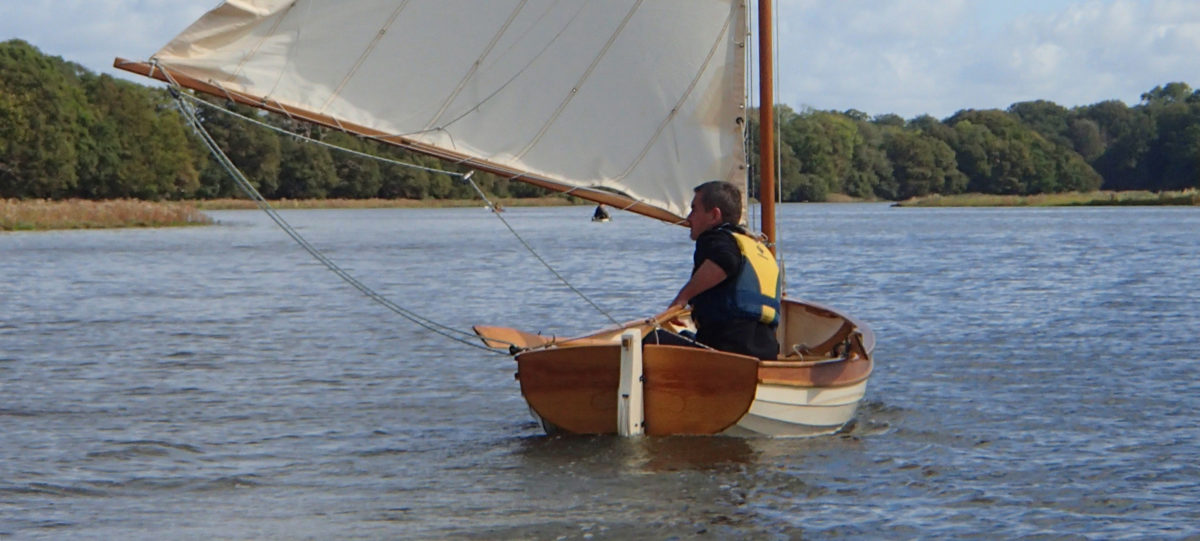
Small Boats Annual 2018May 2017
The Coot Dinghy
A proper little boat
Sponsored By Chesapeake Light Craft

Small Boats Annual 2018May 2017
A proper little boat
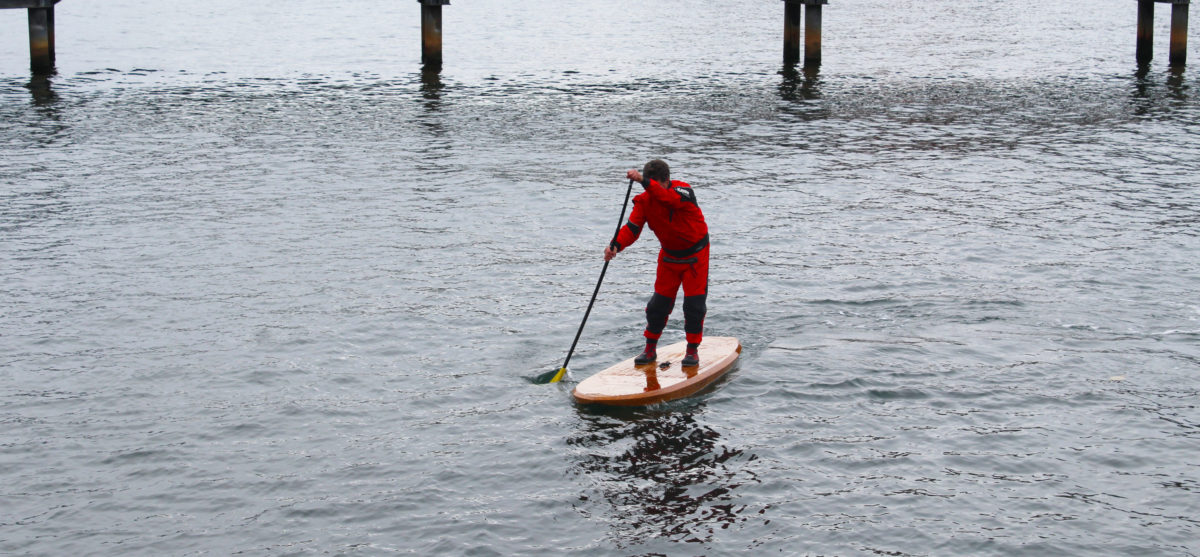
Small Boats Annual 2018May 2017
Pygmy's SUP board
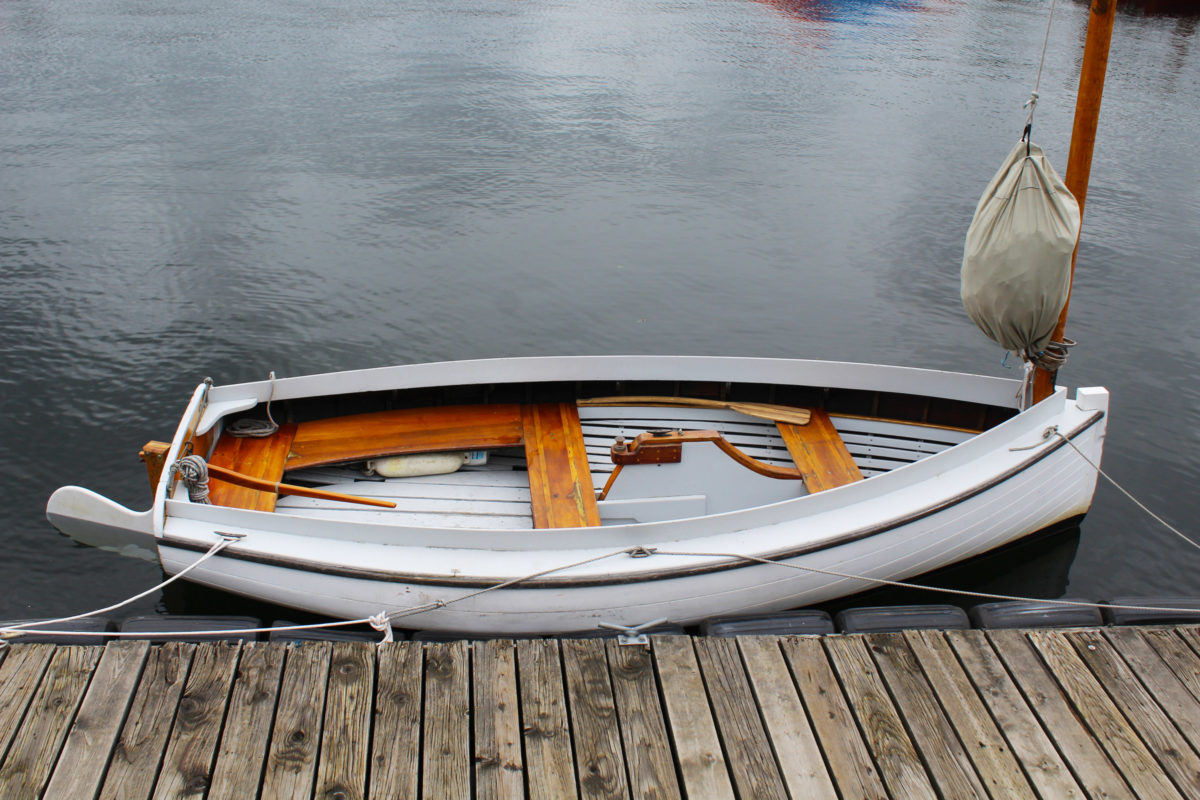
Small Boats Annual 2018April 2017
From workboat to daysailer
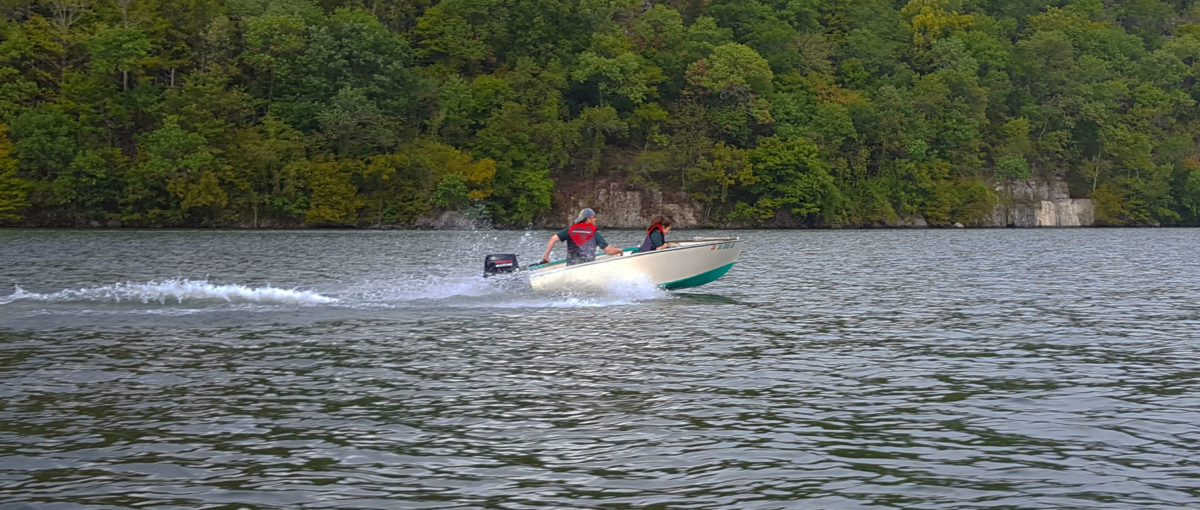
Small Boats Annual 2018April 2017
Classic 1950s style in a boat that's simple to build, a joy to use
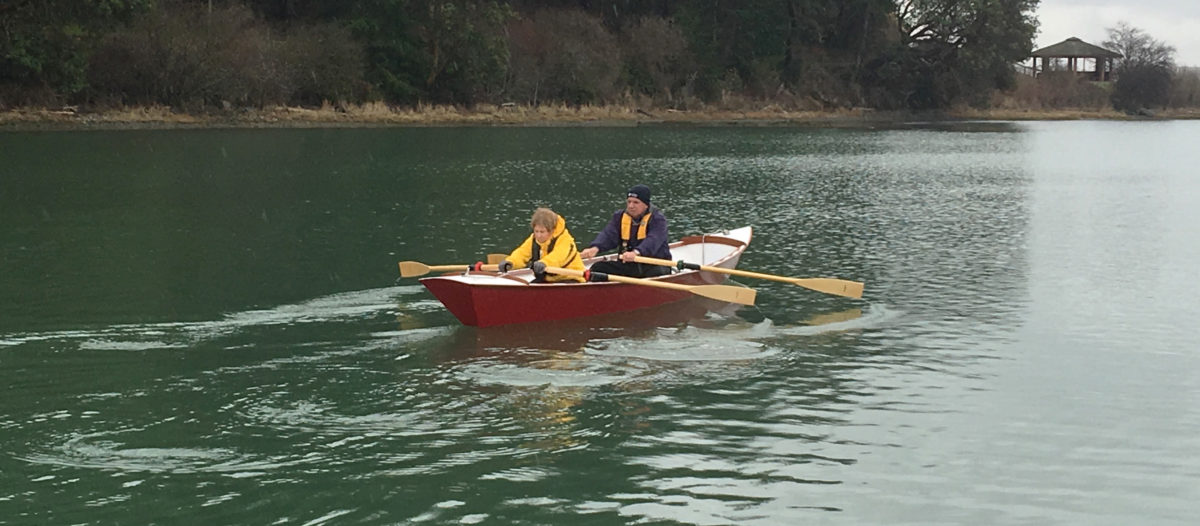
Small Boats Annual 2018March 2017
A light dory for solo or tandem rowing
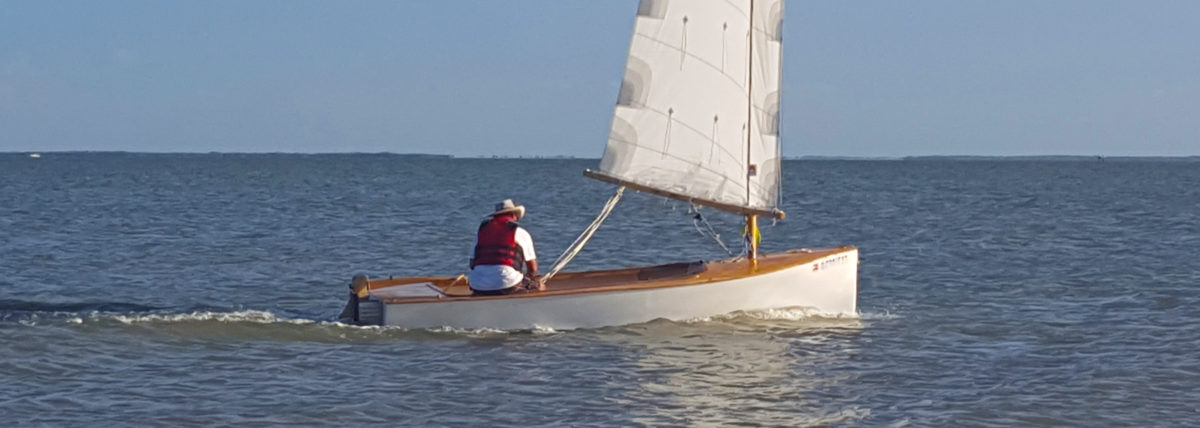
Small Boats Annual 2018March 2017
More Bang for the Buck
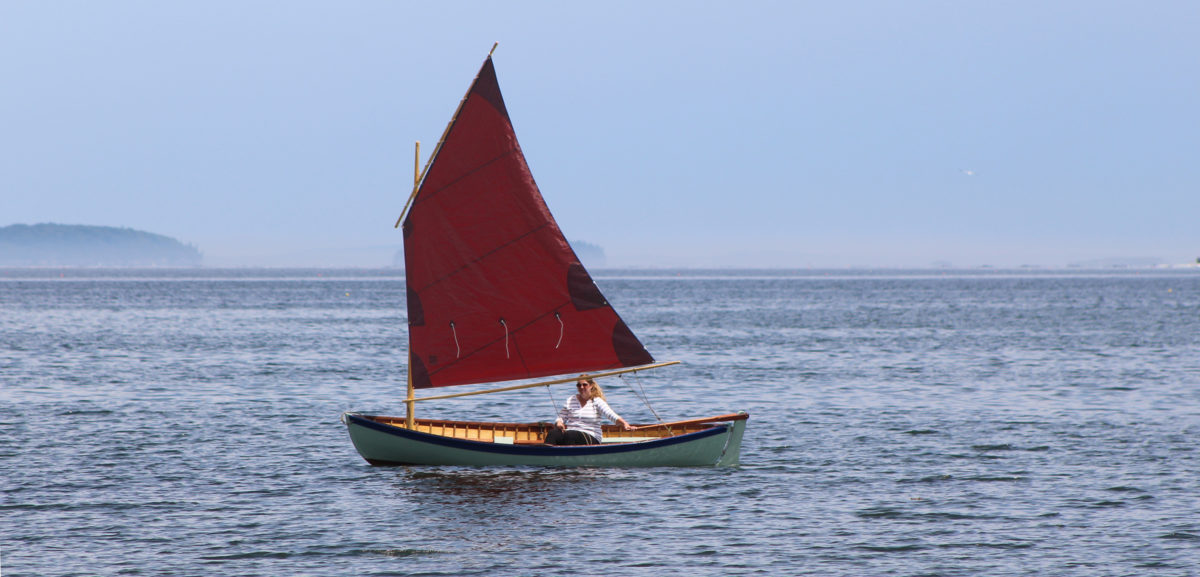
Small Boats Annual 2018February 2017
Joel White's classic
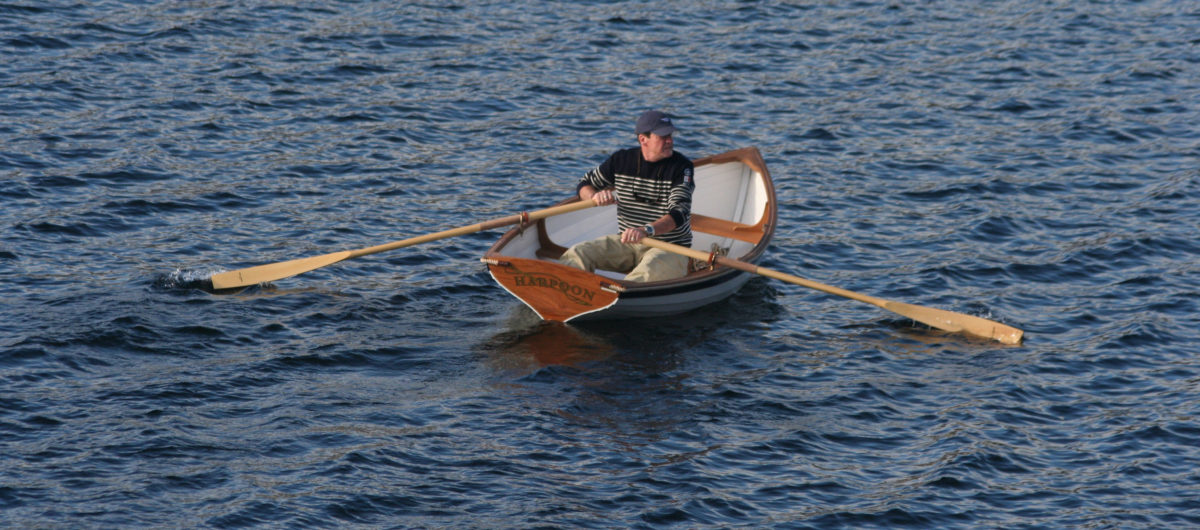
Small Boats Annual 2018February 2017
Cottrell's 10' Whitehall
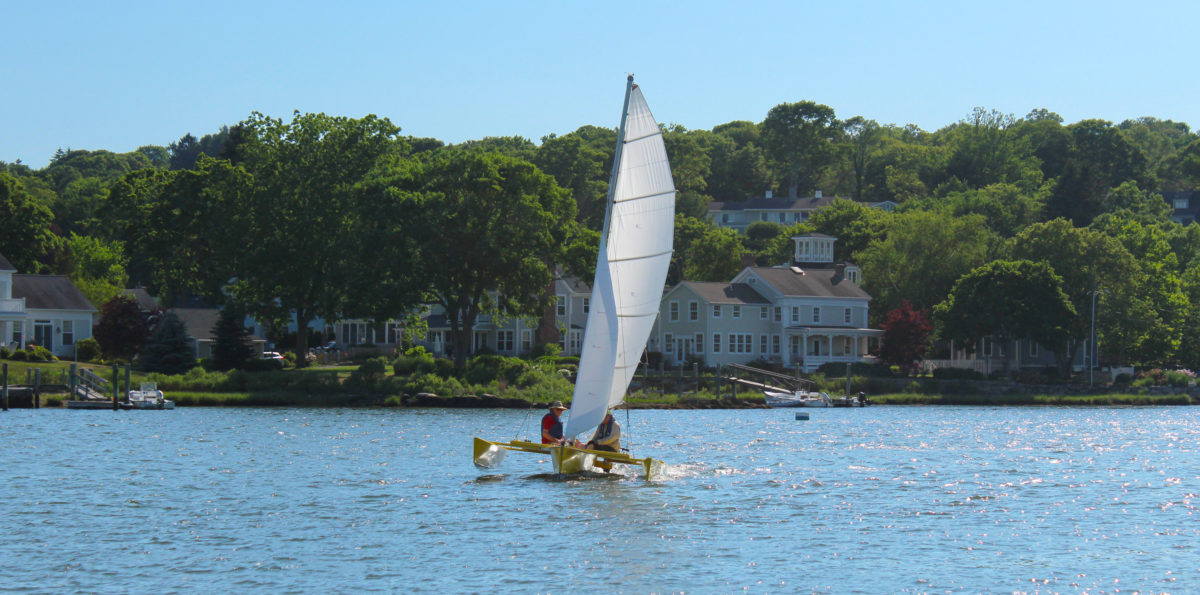
January 2017
A folding trimaran for the home builder
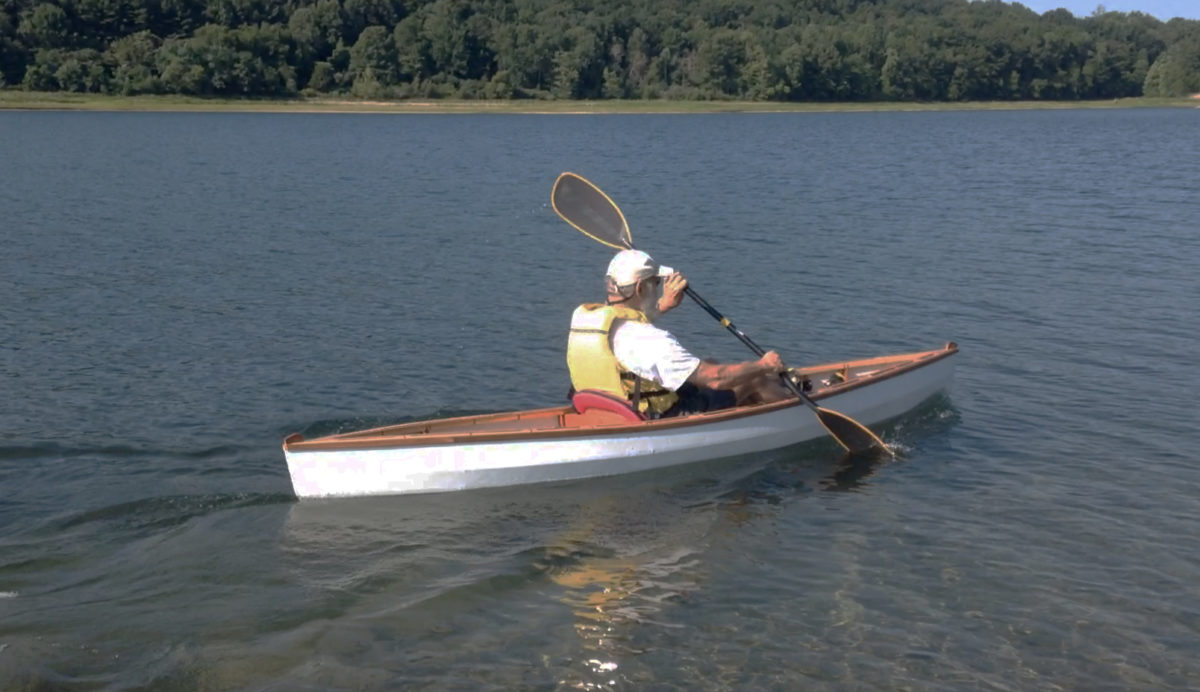
Small Boats Annual 2018January 2017
A classic in skin-on-frame
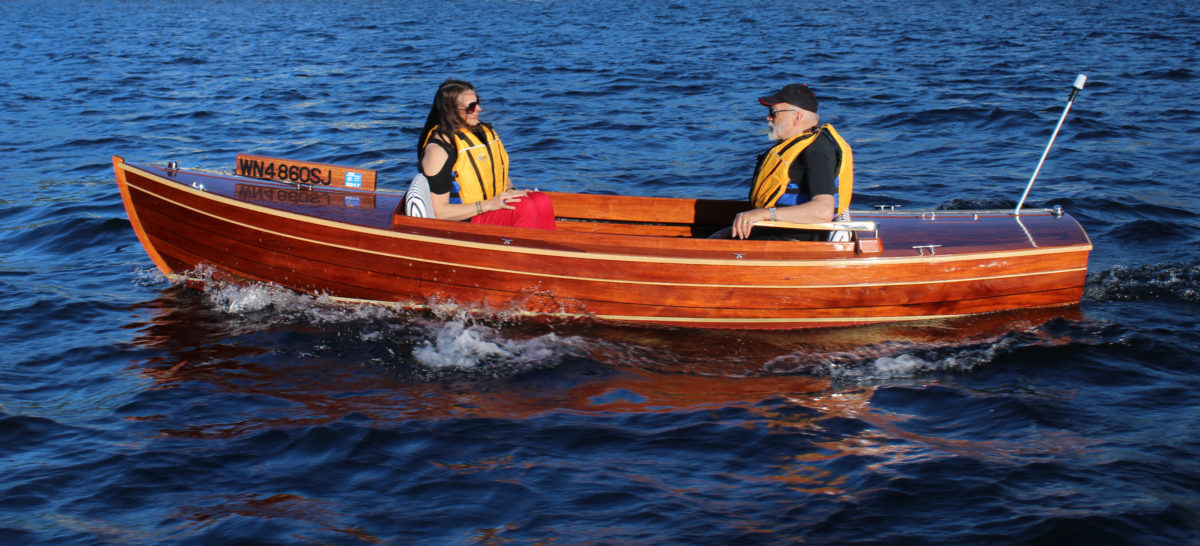
Small Boats Annual 2018December 2016
Quiet power, stately pace

Small Boats Annual 2018December 2016
Simple rig, rewarding sailing
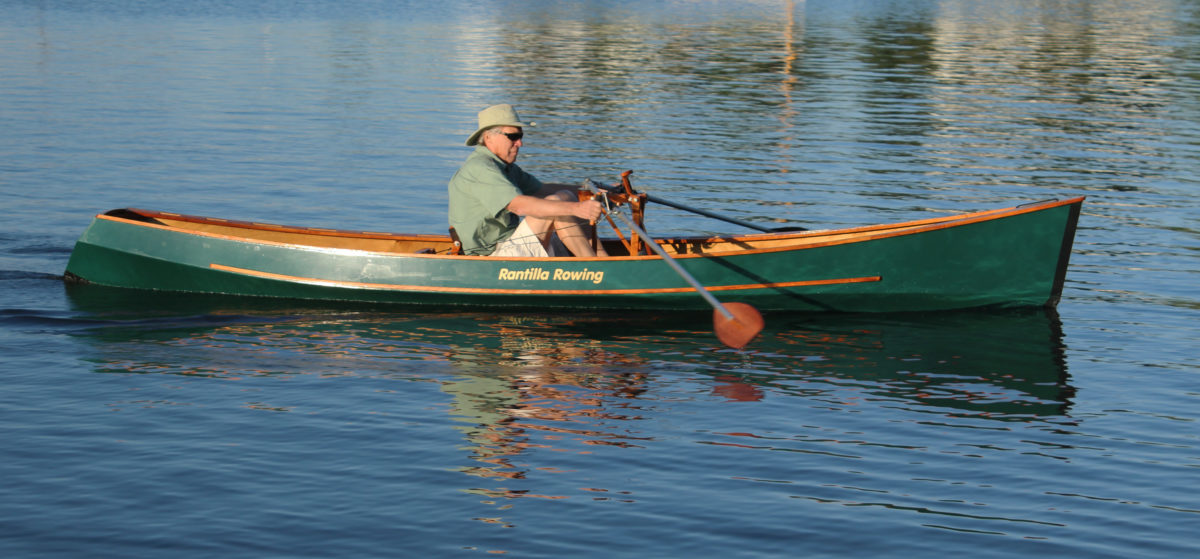
Small Boats Annual 2018November 2016
A front-facing rower for touring and fitness
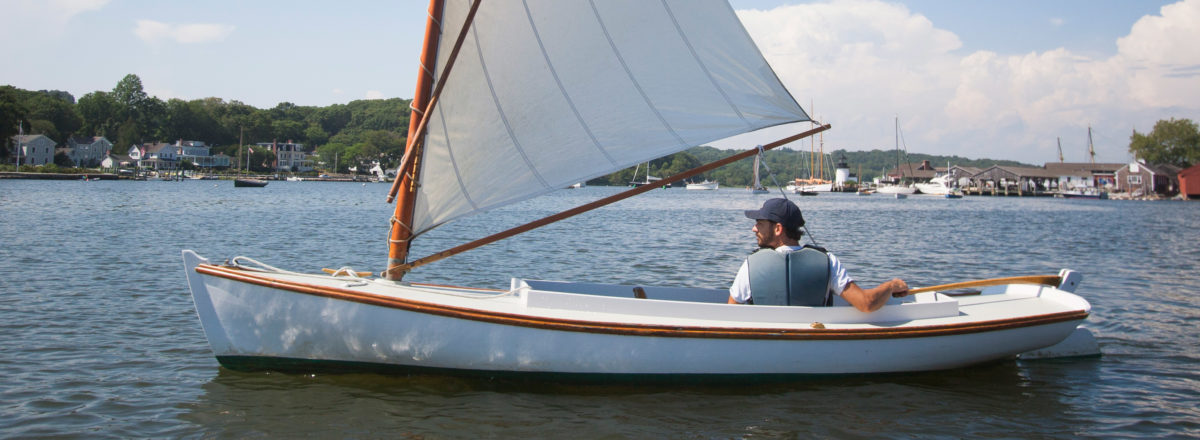
Small Boats Annual 2018November 2016
A versatile thin-water cruiser
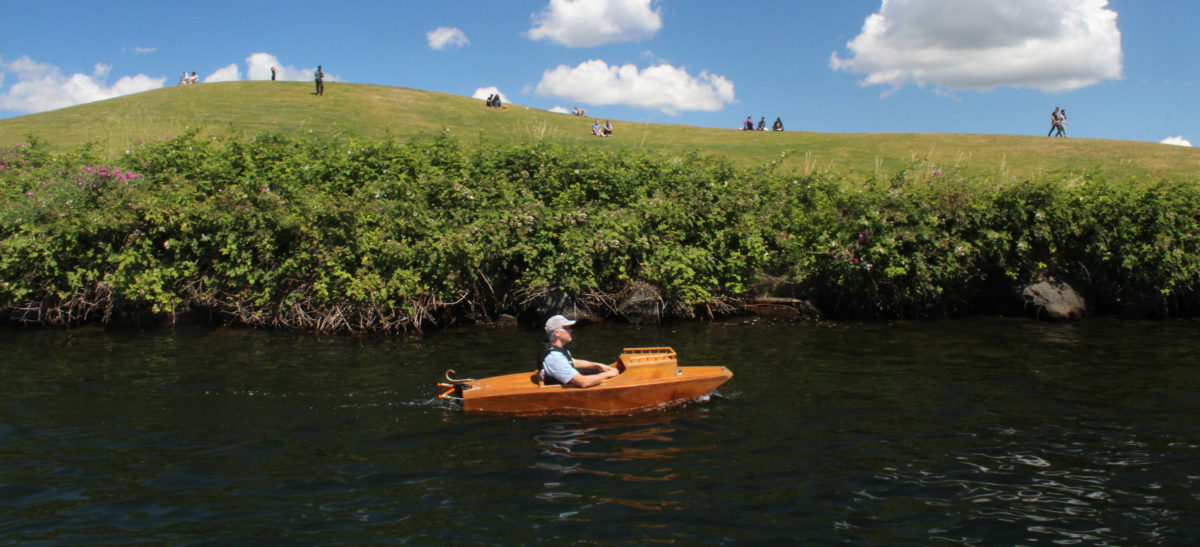
October 2016
An electric micro-boat
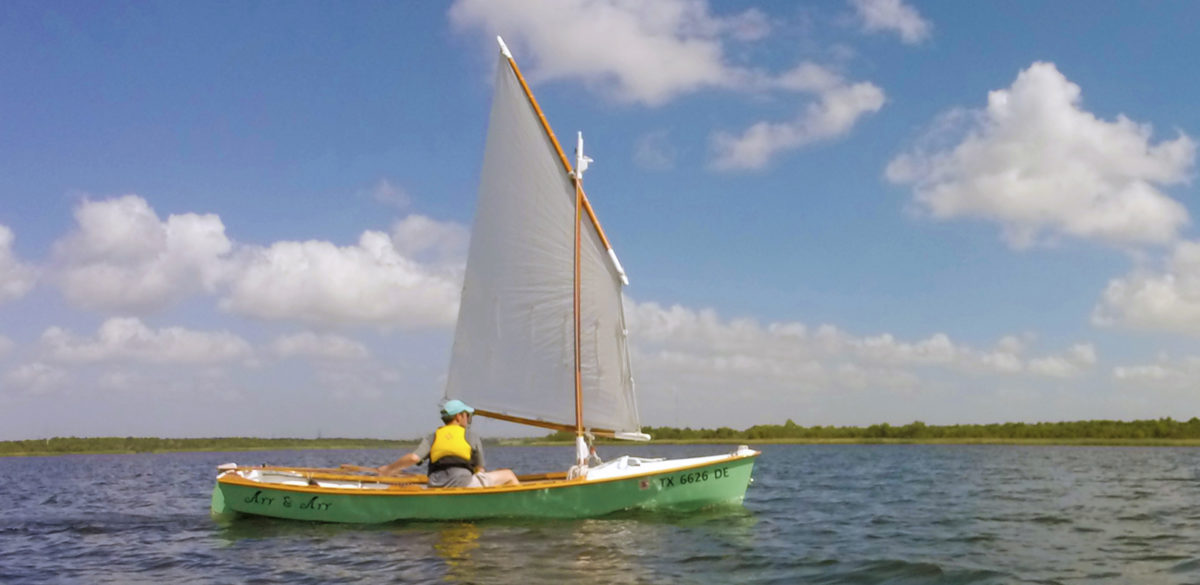
October 2016
A versatile Ross Lillistone skiff
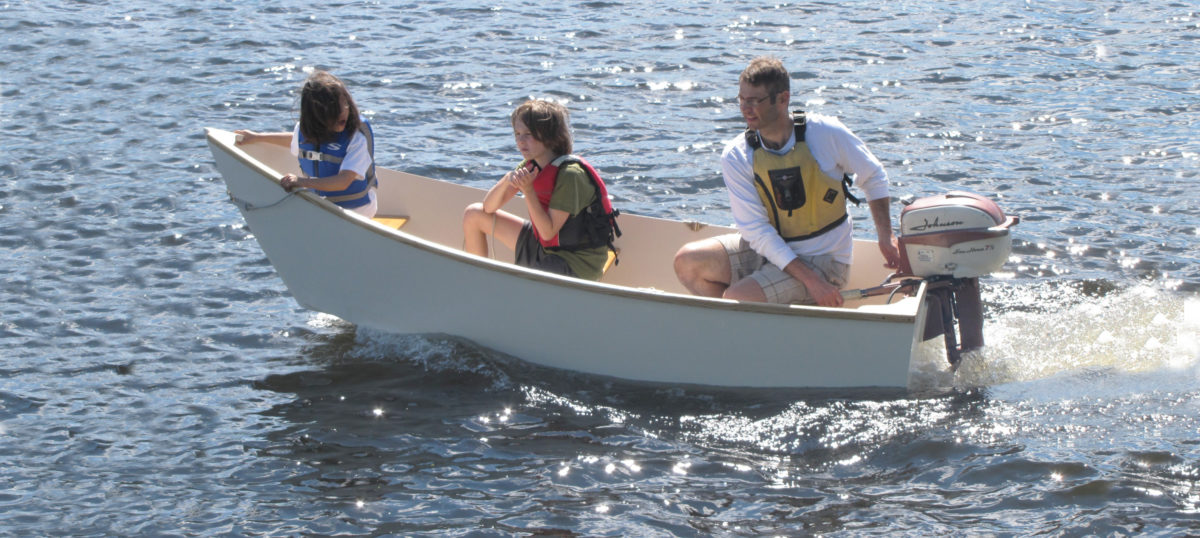
Small Boats Annual 2017September 2016
A lightweight, nimble, outboard skiff
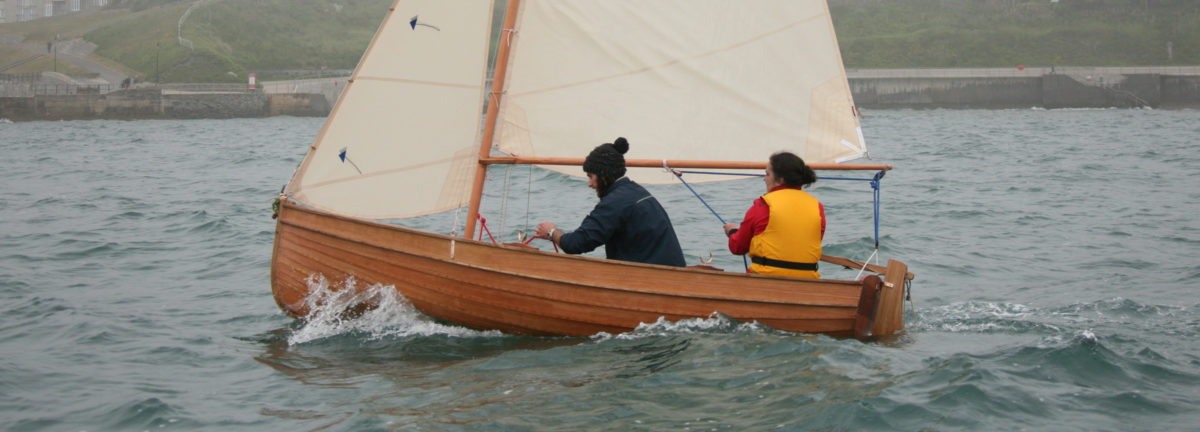
Small Boats Annual 2017September 2016
An Iain Oughtred sail-and-oar skiff
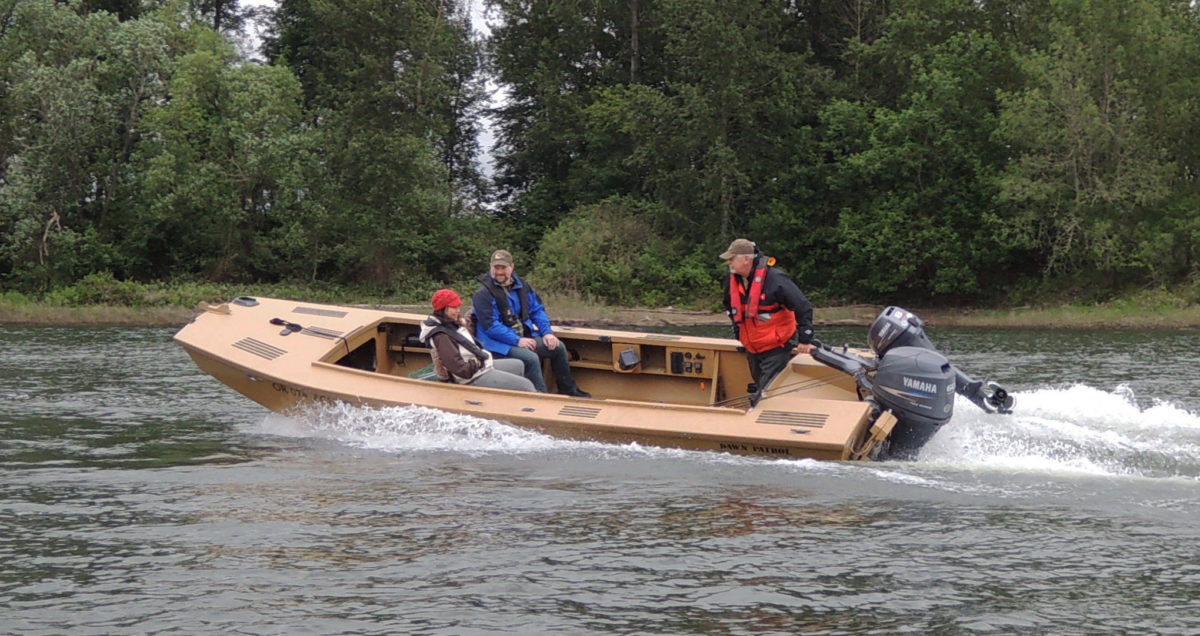
August 2016
Eminently adaptable
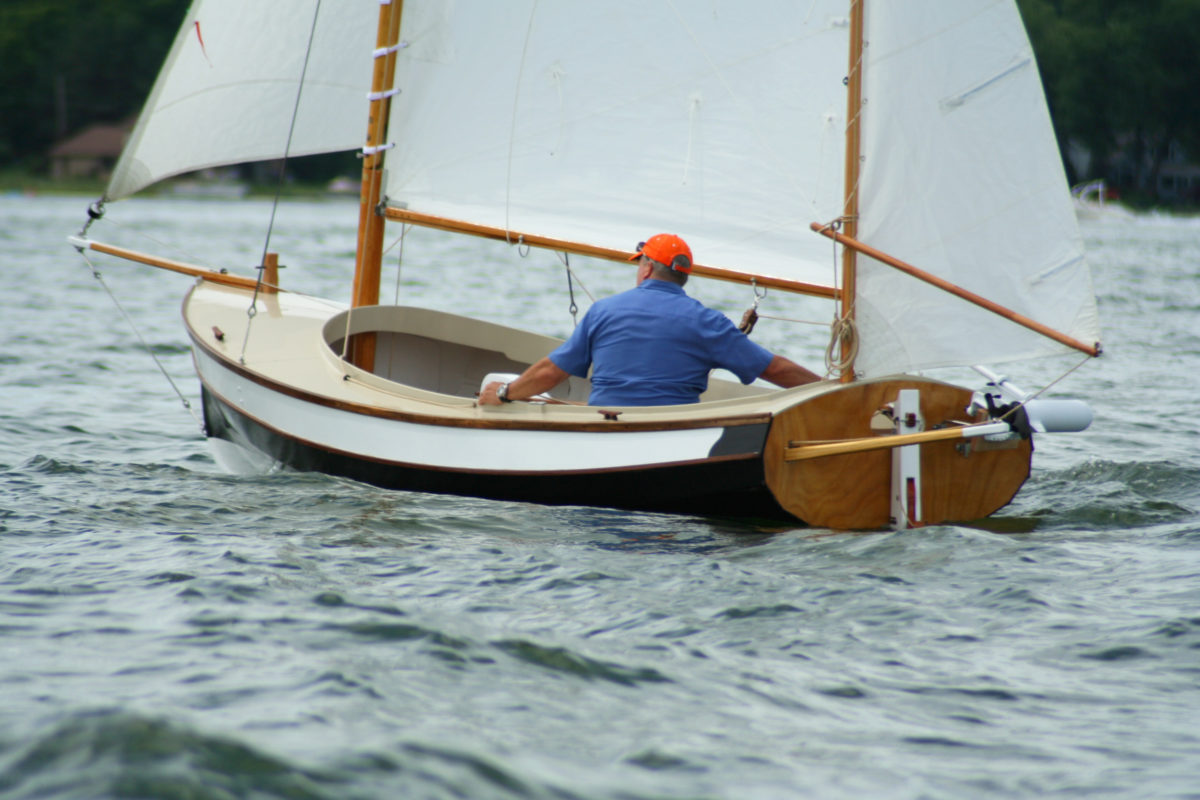
August 2016
A beach-cruising centerboard yawl
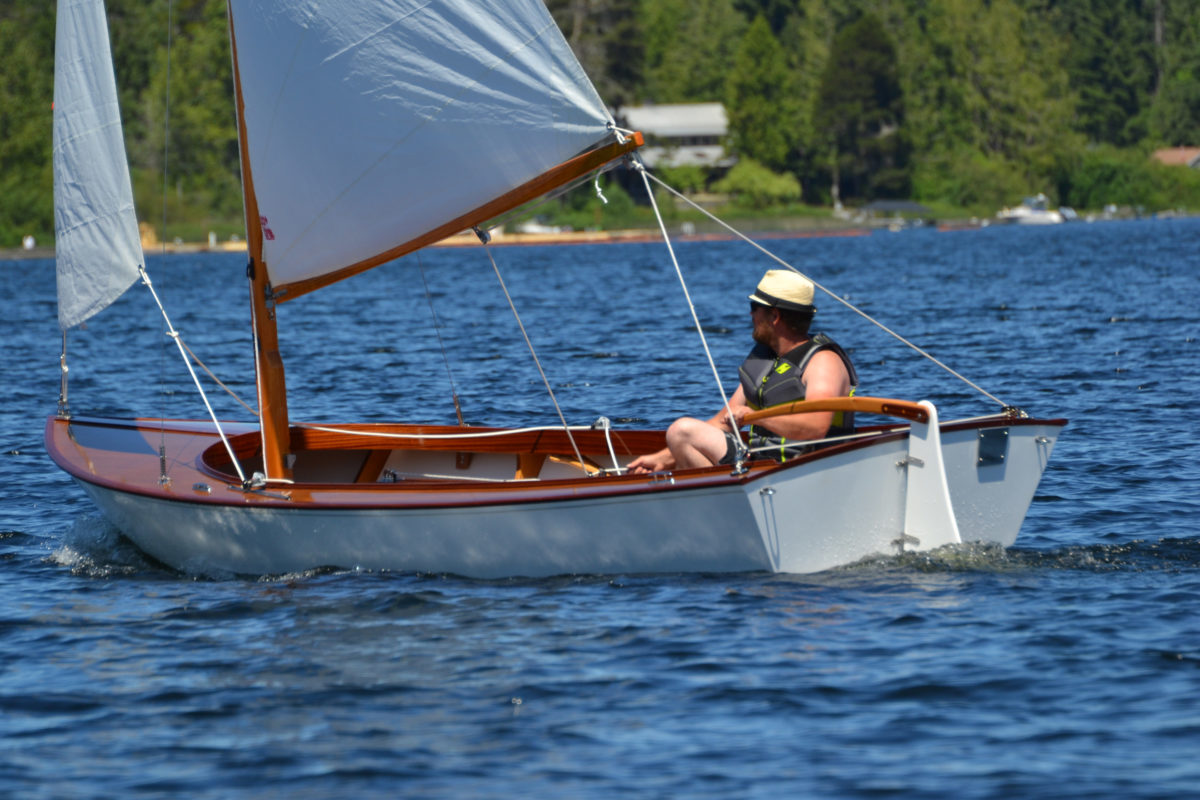
July 2016
Building experience
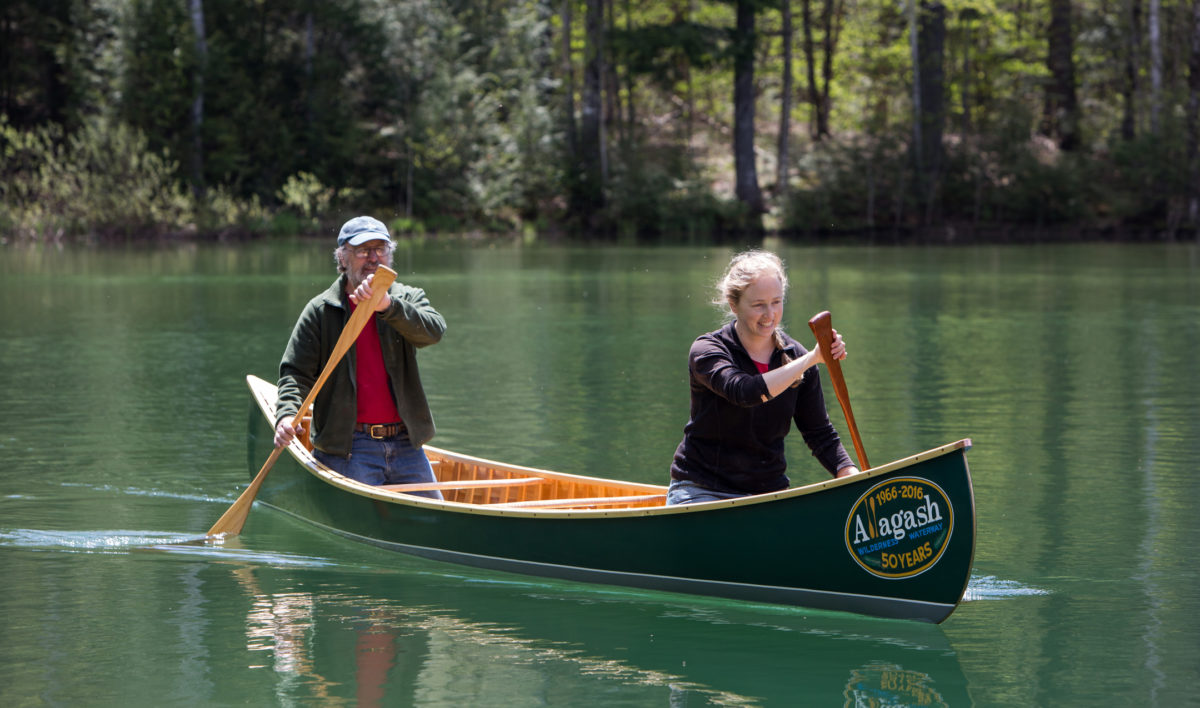
Small Boats Annual 2017July 2016
The pinnacle of wilderness canoes
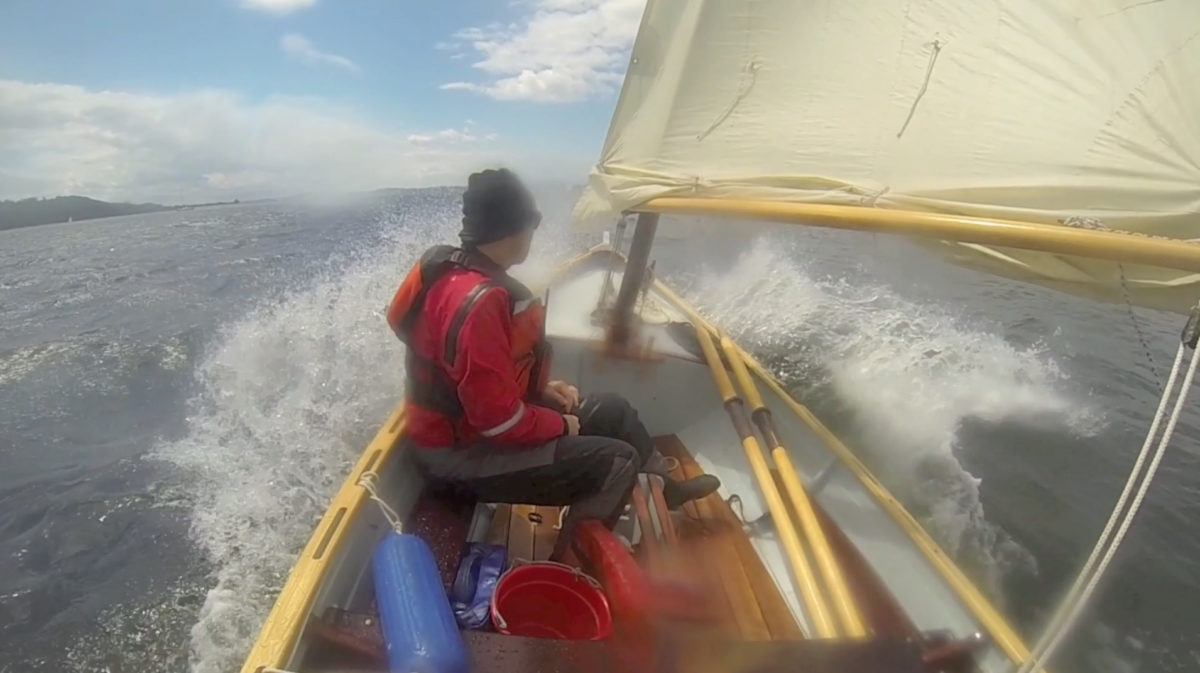
Small Boats Annual 2017June 2016
A new design for solo cruising
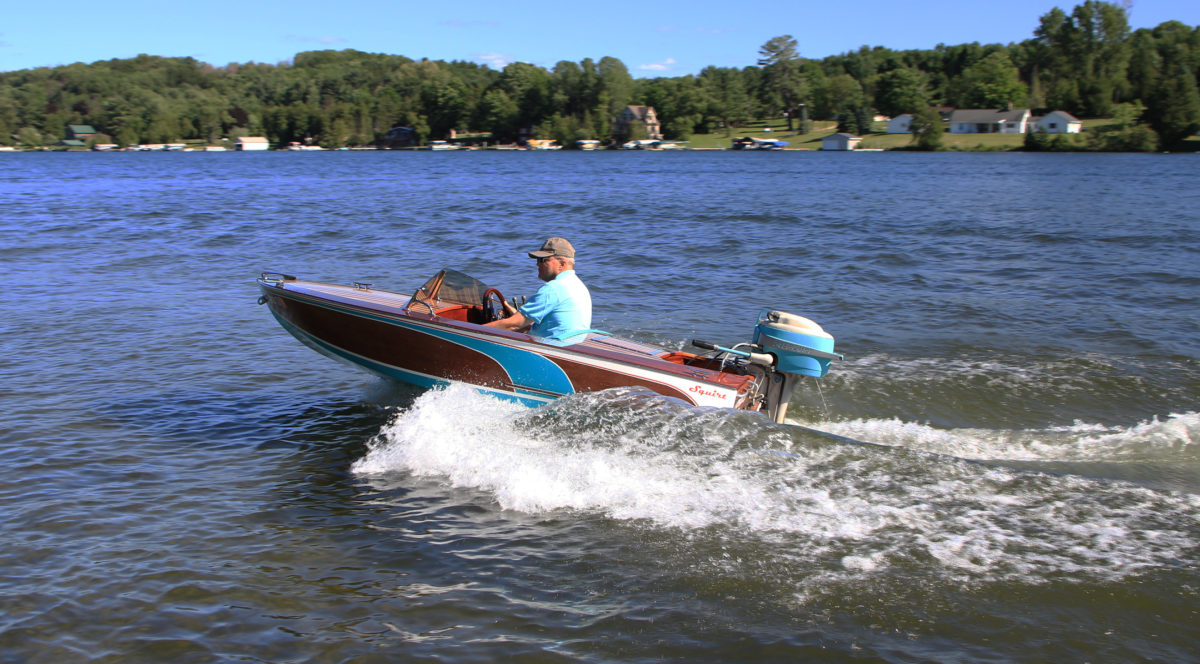
Small Boats Annual 2017June 2016
A Glen-L runabout
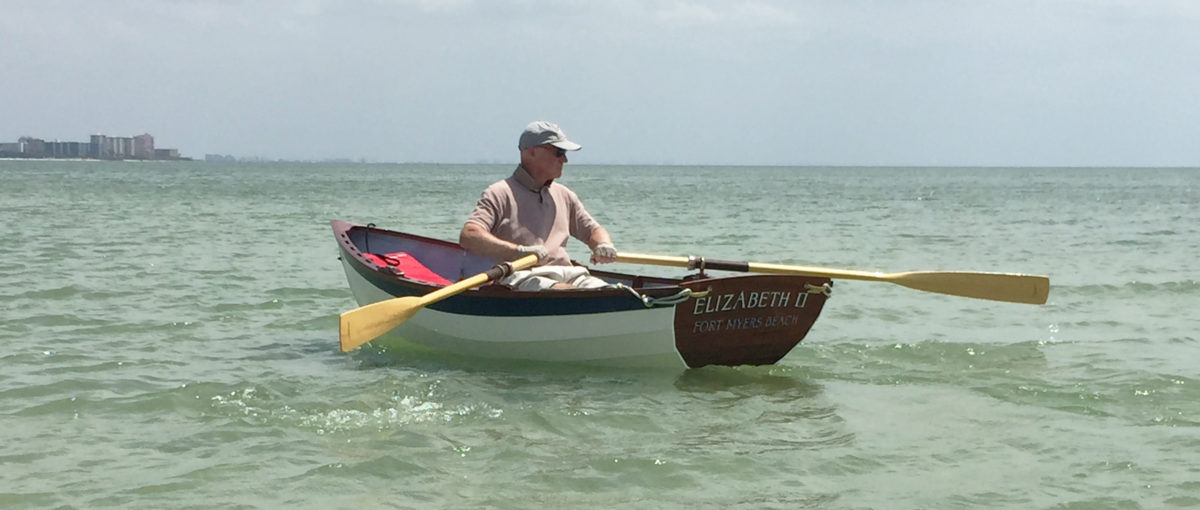
Small Boats Annual 2017May 2016
More than a tender